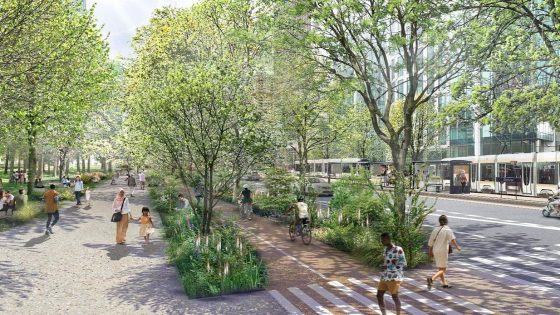Life expectancy in Belgium continues to evolve, showing notable Trends across regions and genders. Recent data as of 2025-07-09 22:02:00 reveals that the gap between male and female life expectancy is narrowing, reflecting changes in health and lifestyle across the country.
- Levensverwachting verschil tussen mannen en vrouwen daalt
- Vlaams Gewest heeft hoogste levensverwachting 2024
- Limburg en Vlaams-Brabant leiden provinciale ranglijst
- Waalse provincies tonen lagere levensverwachting dan Vlaamse
- Henegouwen blijft enige provincie onder 80 jaar
- Levensverwachting stijgt licht ten opzichte van 2023
In 1997, Belgian men lived on average 6.42 years less than women, but by 2024 this difference dropped to 4.14 years. The Flemish Region still leads with the highest life expectancy at birth, highlighting regional disparities within Belgium.
What factors contribute to these differences, and how might they influence public health policy going forward? Let’s explore the latest figures and what they mean for Belgian communities.
Why does the Flemish Region enjoy higher life expectancy than Wallonia? Could lifestyle, healthcare access, or socioeconomic factors play a role? The data suggests persistent regional health inequalities that require attention:
- The highest provincial life expectancy is in Limburg (83.8 years), closely followed by Vlaams-Brabant (83.7 years).
- Walloon provinces consistently show lower averages, with Hainaut at the bottom (79.6 years), still under 80 years.
- Overall life expectancy increased only slightly from 2023 to 2024, by just 28 days, indicating a plateau in gains.
As Belgium moves forward, how can authorities address these disparities effectively? Monitoring trends and investing in targeted health initiatives will be key to ensuring longer, healthier lives for all Belgians.
































